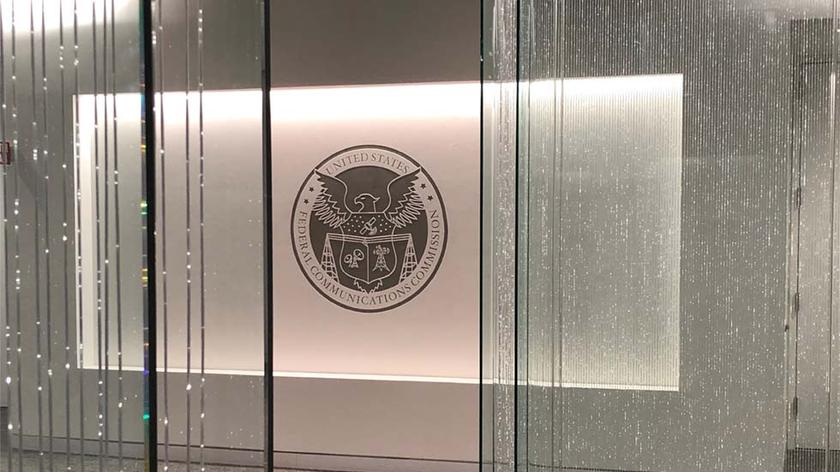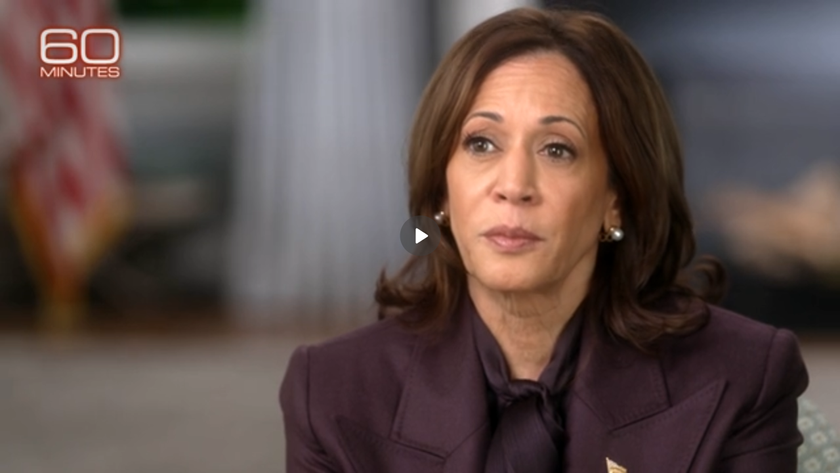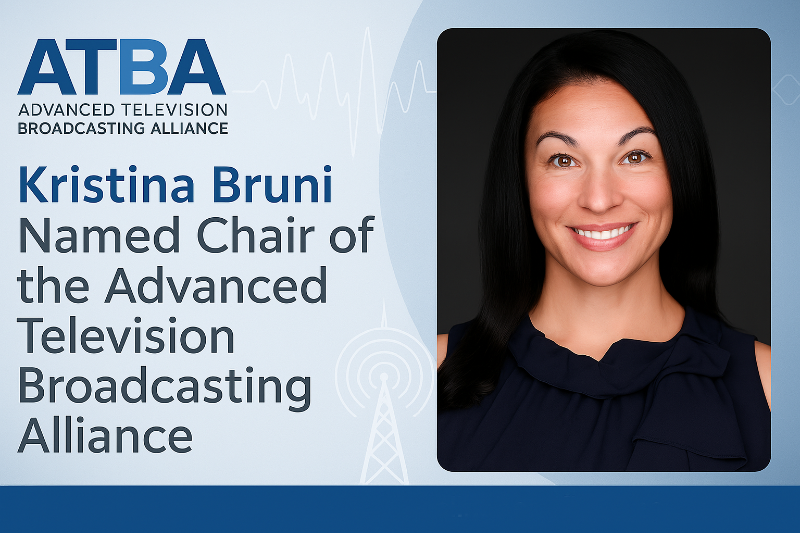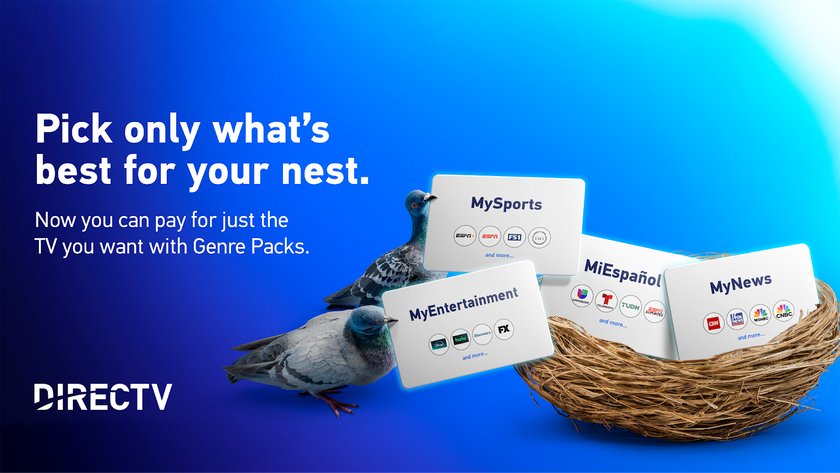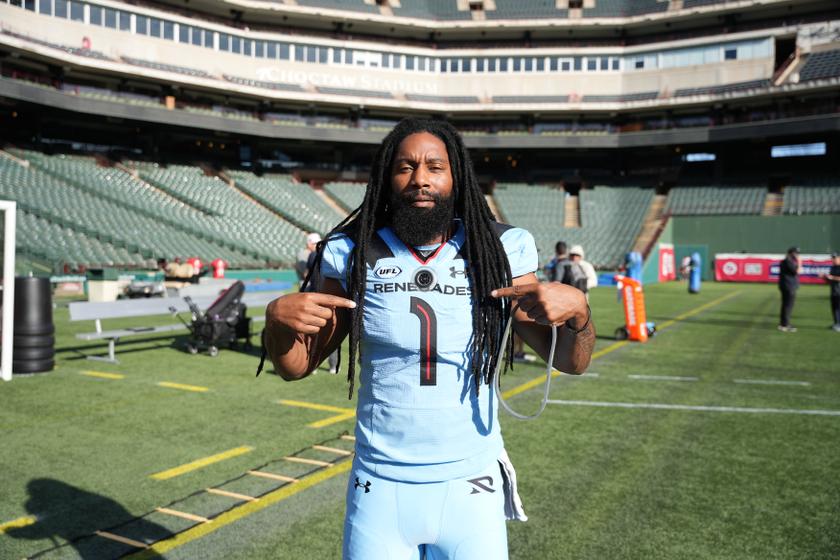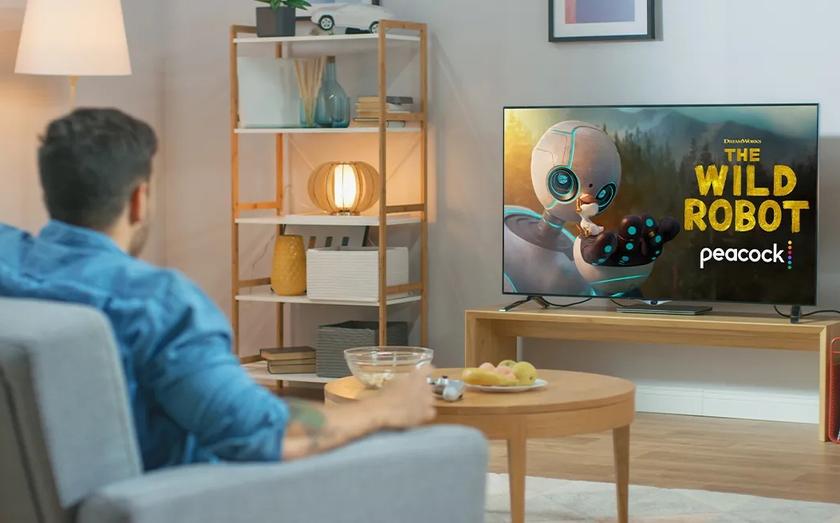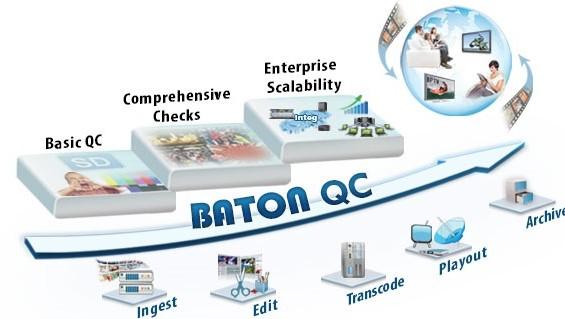NAB Publishes Long-Awaited Future of TV Initiative Report
32-page report aims to guide FCC in proceedings to end ATSC 1.0 and transition to ATSC 3.0
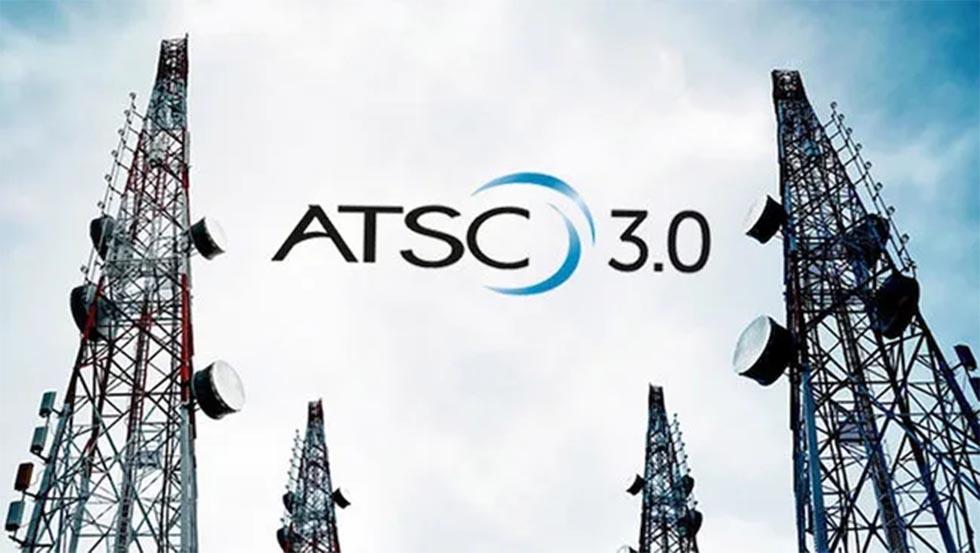
WASHINGTON—The National Association of Broadcasters today released the long-awaited Future of Television Initiative report, written to give the Federal Communications Commission a greater sense of the issues involved with transitioning from ATSC 1.0 to ATSC 3.0 as it undertakes a future rulemaking proceeding to complete the changeover.
Outgoing FCC chair Jessica Rosenworcel announced the formation of the NAB-led public-private initiative at the 2023 NAB Show in Las Vegas. Industry, public interest and government stakeholders worked together on the effort with the goal of providing “an orderly shift from ATSC 1.0 to ATSC 3.0,” in Rosenworcel’s words. The report notes that while FCC staff participated in the initiative, it did not contribute to the report.
The initiative formed three working groups: one to look at backwards compatibility, a second to examine establishing conditions to complete the transition, and the third to examine post-transition regulations.
Backwards Compatibility
The backwards compatibility working group evaluated the feasibility of changing 3.0 to accommodate 1.0 equipment. The report acknowledged the differences between the OFDM multicarrier ATSC 3.0 standard and the single-carrier 8VSB modulation used for ATSC 1.0 transmission and the performance sacrifices that would be required to redo the 3.0 standard to be backwards-compatible.
The report noted the FCC, ATSC and the U.S. State Department attempted to promote ATSC 2.0, which offered some advanced features and was backwards compatible with 1.0, but that the effort “failed because it lacked sufficient capacity to deliver many of the key potential consumer benefits of ATSC 3.0.”
Rather than changing the 3.0 standard, the working group recommended the industry and FCC “continue to explore strategies and sources of funding that could help eliminate or at the very least lower the cost” of 3.0-to-1.0 converter devices for consumers.
The report noted sales of such converter devices are growing and expected to reach 400,000 units annually by 2026. It also pointed to sales figures from the Consumer Technology Association laying out the number of NextGen TVs sold and those expected to be sold annually going forward. Sales of NextGen TVs surpassed 10 million in December 2023. Ten percent of all TV sets shipped to U.S. retailers last year were compatible with 3.0, it said.
Get the TV Tech Newsletter
The professional video industry's #1 source for news, trends and product and tech information. Sign up below.
Another strategy the report acknowledged is an ATSC 1.0 nightlight service in which primary 1.0 programming streams for a specific time post-transition could “bridge and minimize disruption for viewers” as they move to NextGen TV. Some participants noted such a service likely would need to deliver these program streams at reduced resolution.
Conditions for Transition Completion
The conditions for transition completion working group looked at the factors that affect the readiness of consumers, manufacturers and broadcasters to complete the transition.
The report noted a degree of overlap between the backwards compatibility working group and the working group looking at transition completion conditions regarding consumers.
While the backwards compatibility working group focused on the needs of consumers who don’t buy NextGen-TV-compatible equipment prior to the transition, the transition completion working group looked mostly at those who choose voluntarily to adopt NextGen TV.
One issue it examined was what motivates consumers to buy NextGen TV equipment. The report noted discussions focused on what broadcasters can do to motivate consumer uptake, such as offering compelling new 3.0 services like 4K video, high dynamic range (HDR), enhanced audio and interactive applications.
Broadcast participants explained that market conditions and the requirement to simulcast has resulted in most TV capacity in markets continuing to be devoted to ATSC 1.0.
Stations wishing to transmit 3.0, under FCC rules, must arrange to host their primary 1.0 on another station in the market. The programming delivered via 1.0 must be “substantially similar” to that transmitted via 3.0. The report noted that while the “substantially similar” requirement is due to sunset July 17, 2027, no such date is established to cease simulcasting in FCC rules.
The working group discussed market conditions that could permit simulcasting to end. “Consideration of a mandatory sunset of ATSC 1.0 transmissions was reserved for the post-transition regulatory discussion” of the initiative’s third working group.
Full-power broadcasters said they were unlikely to end 1.0 until most viewers could receive NextGen TV transmission via a NextGen TV set, a converter or an MVPD. Ubiquitous, affordable dongles will be a “precursor” to this transition.
LPTV broadcasters and CE participants said that consideration of a deadline must taken into account that desirable new content and services delivered via NextGen TV “already have stimulated” the interest of consumers in 3.0 and that consumer purchases of 3.0 receivers “sufficiently … allow a responsible ATSC 1.0 shutoff. These participants added that “conditions to enable this shut-off must be driven by consumer demand and adoption, not government mandates.”
The report’s consensus recommendations called on broadcasters to establish best practices for consumer notification and education. “Using common language around the provision of new features would help consumers understand what to expect from NextGen TV,” the report said.
Post-Transition Regulation
This working group agreed the 3.0 transition should not change many existing regulations, such as those regarding retransmission consent, children’s programming, accessibility and many others. In general, the participants agreed broadcasters should not be faced with privacy regulations different from those facing other entities that collect the same data.
Some public interest participants in the post-transition regulation working group said some broadcast public interest obligations may need to change “to reflect ATSC 3.0 transmission and the advanced capabilities that ATSC 3.0 offers,” the report said.
When it came to MVPDs and ATSC 3.0, there was a divergence of viewpoints. Cable and satellite participants, representing the multichannel program video distribution (MVPD) sector, noted numerous obstacles for carrying ATSC 3.0 signals on their tiers. Currently, only 1.0 is required (mostly under must-carry rules) and no U.S. MVPD is currently carrying 3.0 signals.
In a word, MVPDs argued over whether the costs associated with adding 3.0 were worth it.
“All MVPDs will need to purchase new equipment and incur other costs to transcode ATSC 3.0 signals to signals compatible with their systems and that these costs will be incurred regardless of whether the MVPD down-converts the signal or passes through the ATSC 3.0 signal in its native format to customers,” the report stated.
MVPD representatives also stated that not all MVPDs are capable of carrying 3.0 in its native format and that any new rules requiring this would need to take the costs of upgrading systems into account. Smaller operations may be overly burdened, they warned.
“One transcoder will be required per broadcast station per location (a cable headend or Direct Broadcast Satellite (DBS) remote, local over-the-air (OTA) reception site),” the report said. “Consequently, MVPD participants stated that the cost of the necessary equipment to perform this transcoding may be significant, particularly for smaller MVPDs serving many distributed locations.”
The definition of what constitutes “good quality video” was also a topic of discussion for MVPDs, which noted the cost of adding new modulators to accommodate reception of 3.0 over-the-air signals. They said that if they needed to meet the FCC’s requirement of a good-quality signal reception, more work would need to be done.
“MVPD participants believe that the current definition of good quality signal reception for ATSC 1.0 in the Commission’s rules (−61dBm)44 would have to be adjusted for ATSC 3.0,” the report stated.
New requirements would also have to be incurred in order to bring 3.0 under the commission’s must-carry rules, according to the report.
“ATSC would likely need to develop a Recommended Practice for ATSC 3.0 akin to A/78, which is currently used for evaluating transport streams in ATSC 1.0,” the report said. “MVPD participants stated that any such Recommended Practice could be incorporated by reference in any must-carry requirements for a good quality signal and should include decodability requirements for any alternative signal delivery methods (e.g., fiber) that a station may utilize as well.”
The MVPDs also said that, given the higher bandwidth requirements of 3.0, they would have trouble meeting the FCC’s must-carry rules that broadcast signals be carried “without material degradation.”
“ATSC 3.0 enables broadcasters to enhance the audio and video capabilities of their programming in a number of ways,” the report noted. “MVPD participants stated that these features, however, may exceed the capabilities and capacity of an MVPD’s digital video system.”
The report went further: “ATSC 3.0 is the first change in digital broadcast signals that is not backward compatible and that introduces features that cannot be supported by MVPD systems. MVPD participants stated that, in contrast, MVPD set-top box and television set advancements over time have maintained backward compatibility. MVPD participants further stressed that they should not be required to incur the significant cost burden and customer disruption that accompany large-scale set-top box replacement and network evolutions in order to accommodate broadcasters’ voluntary choice to transition to a non-backward compatible technology.”
MVPDs also stated that any efforts to carry the interactive features of a 3.0 signal over their converter could cause confusion for viewers.
“MVPD participants contend that as the application running on the MVPD set-top box will be unaware of what is being presented to the consumer via the NextGen TV receiver, it could result in display of conflicting content,” the report noted. “Moreover, MVPD participants stated that a consumer using an MVPD’s service will likely believe that any supplemental content is being generated by the MVPD set-top box and thus controlled by that remote control, when in fact the content is being generated by the NextGen TV receiver and is controlled by the NextGen TV remote.”
Broadcast representatives on the group countered that the cost of ATSC 3.0 transcoders on a per-service basis is similar to ATSC 1.0 transcoders with the same features and that some of the technical issues identified by MVPDs are not unique to ATSC 3.0 and therefore do not require the FCC to modify existing rules to address such issues.
“Broadcasters are committed to working closely with MVPDs to prevent any consumer confusion that could arise from broadcaster applications and disagree that the potential for consumer confusion should result in rules that permit MVPDs to strip watermarks out of broadcast signals,” the report stated, adding that “many of these issues will be discussed, and potentially resolved in the context of retransmission consent negotiations.”
The 32-page report and two appendices are available on the NAB website.
Phil Kurz is a contributing editor to TV Tech. He has written about TV and video technology for more than 30 years and served as editor of three leading industry magazines. He earned a Bachelor of Journalism and a Master’s Degree in Journalism from the University of Missouri-Columbia School of Journalism.


